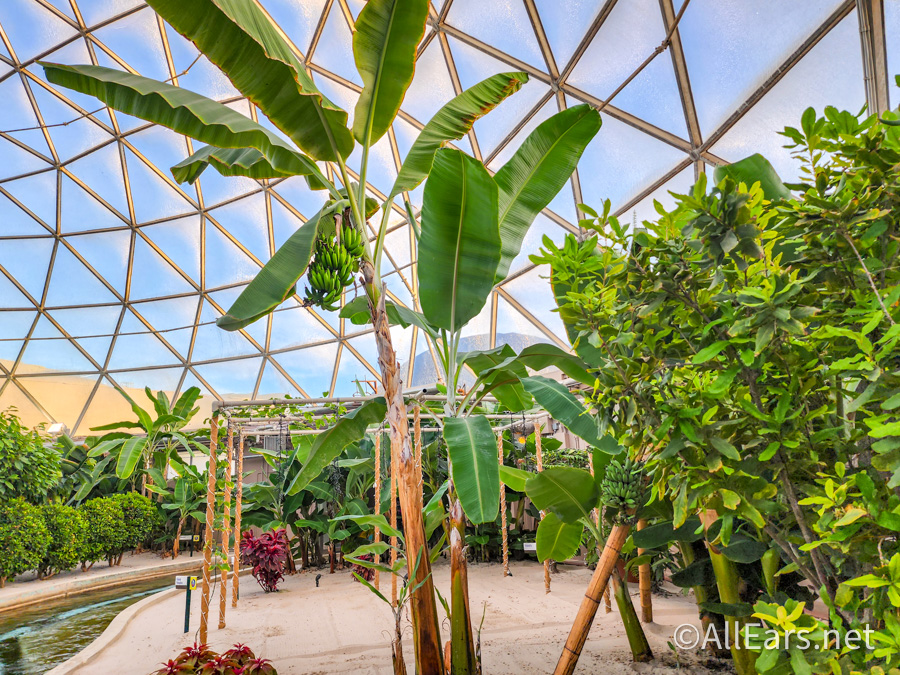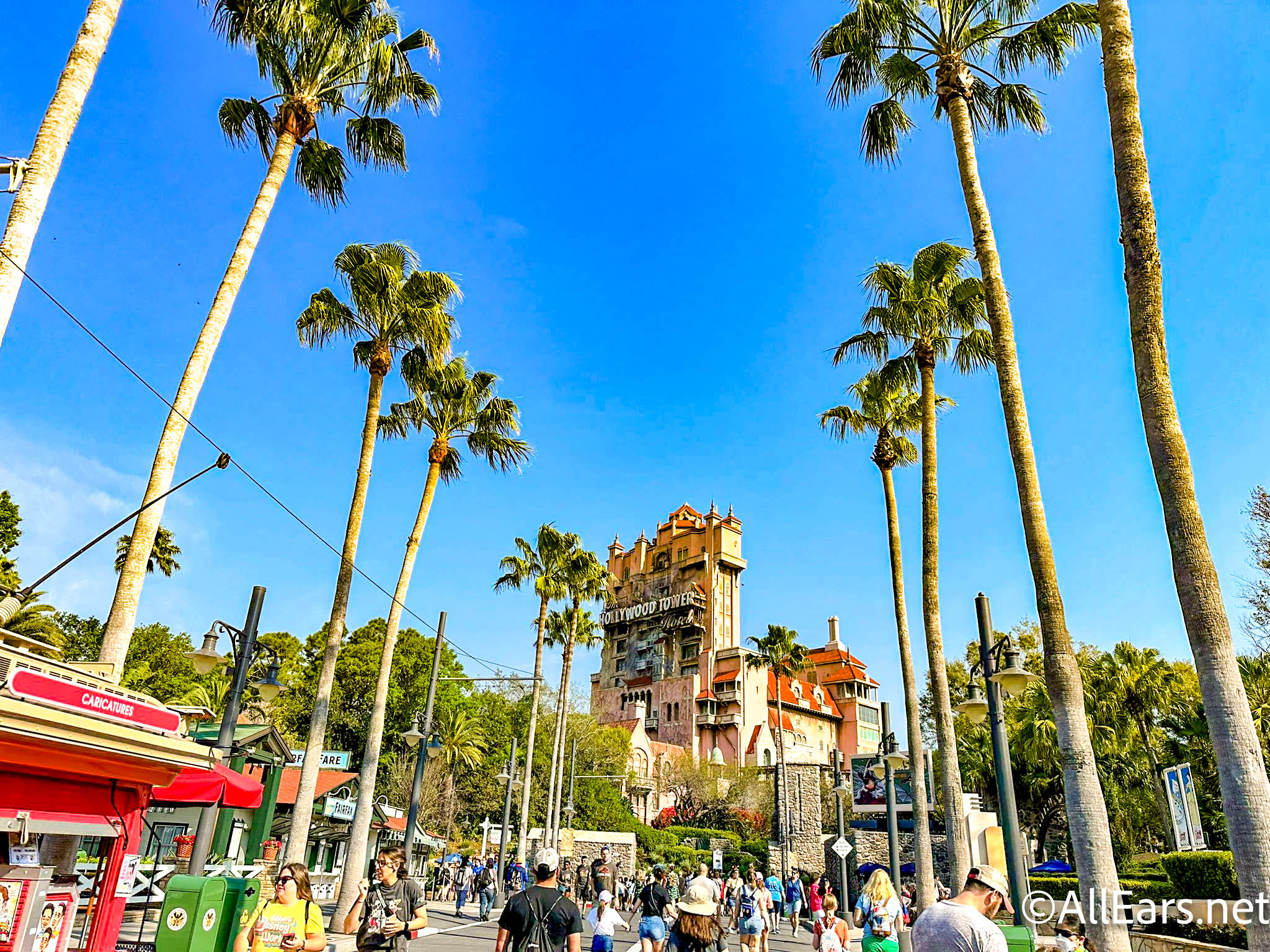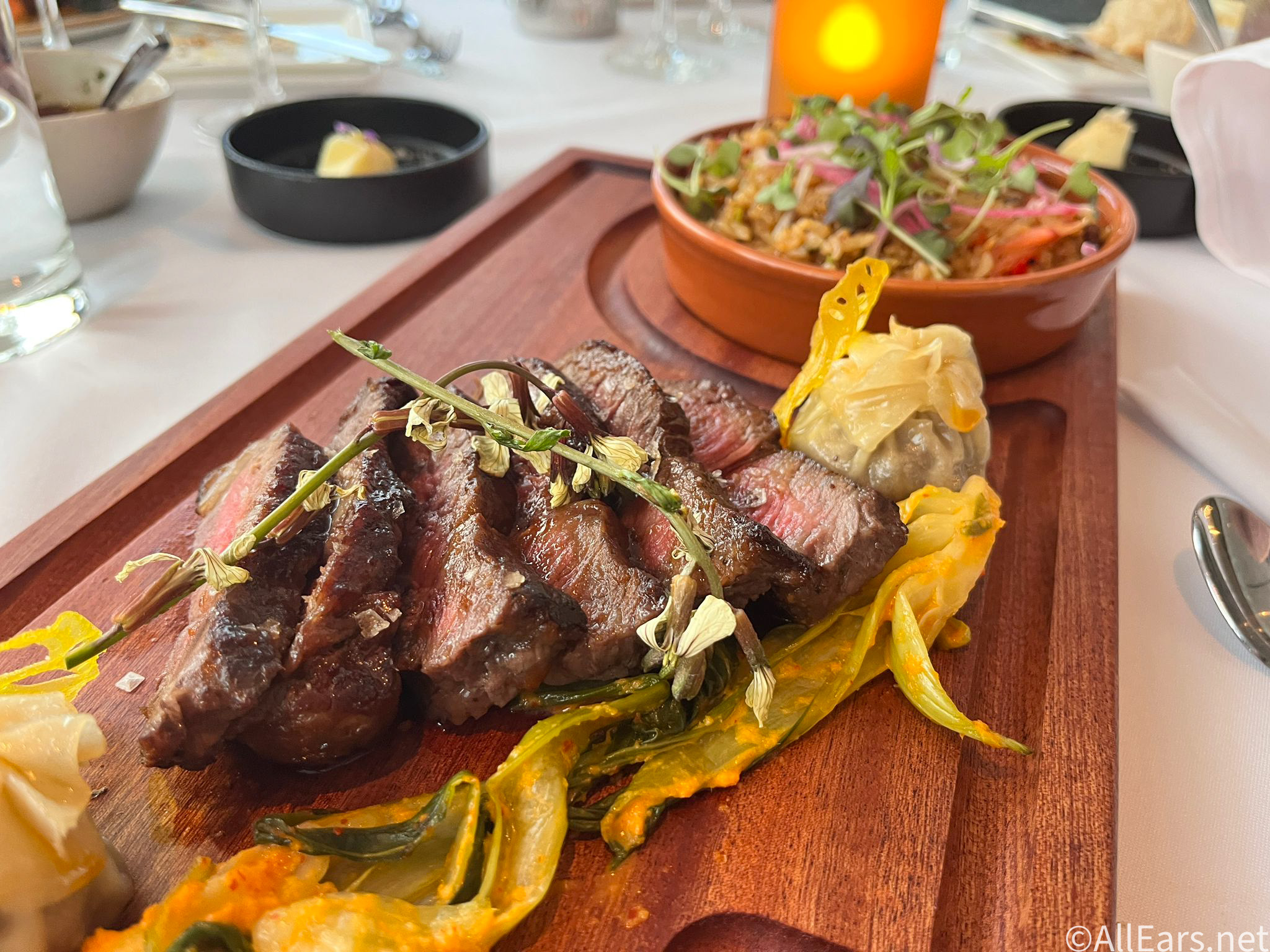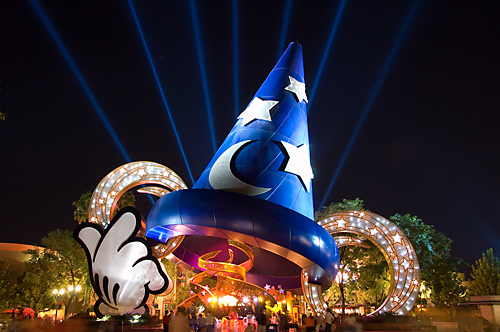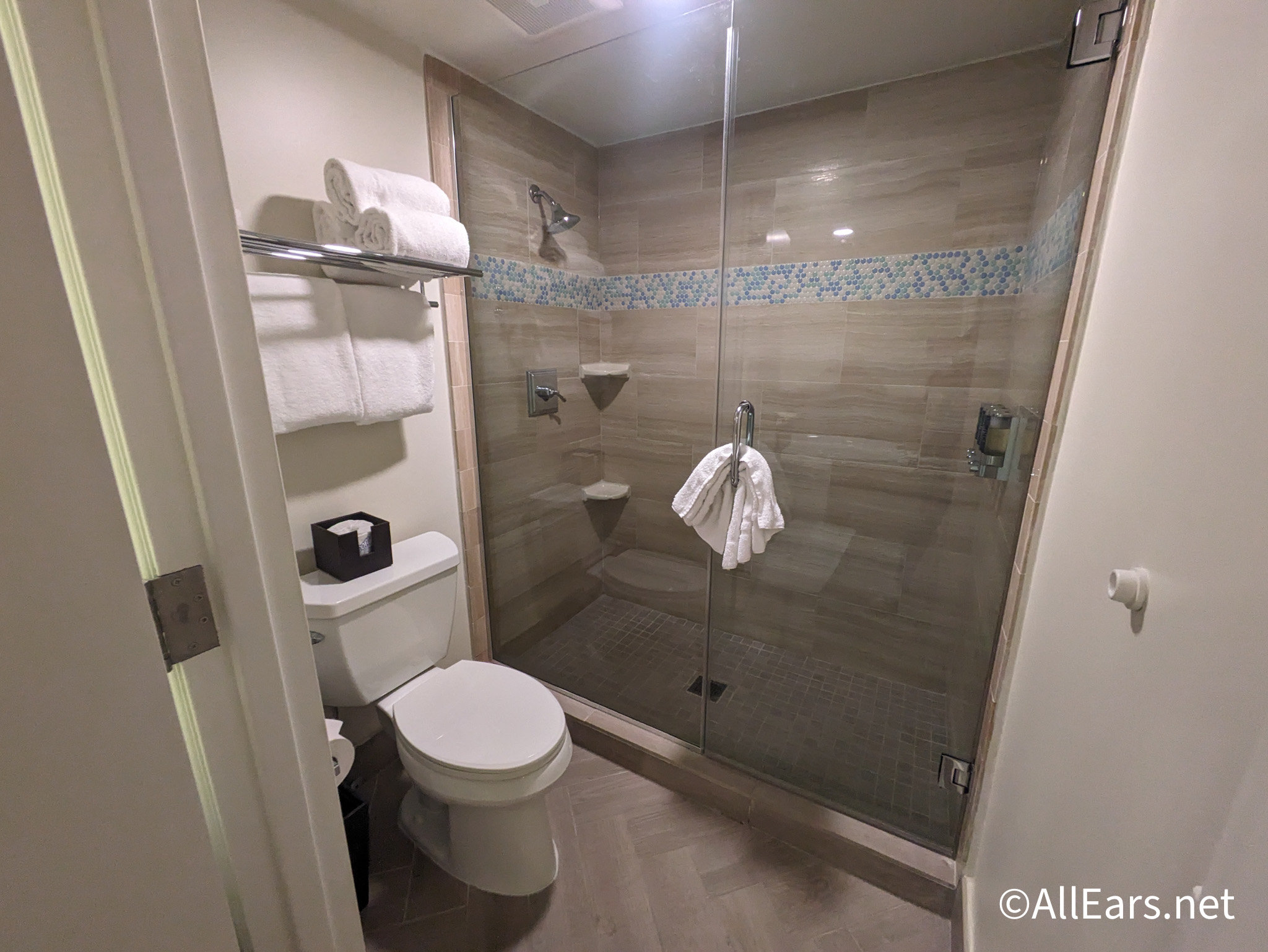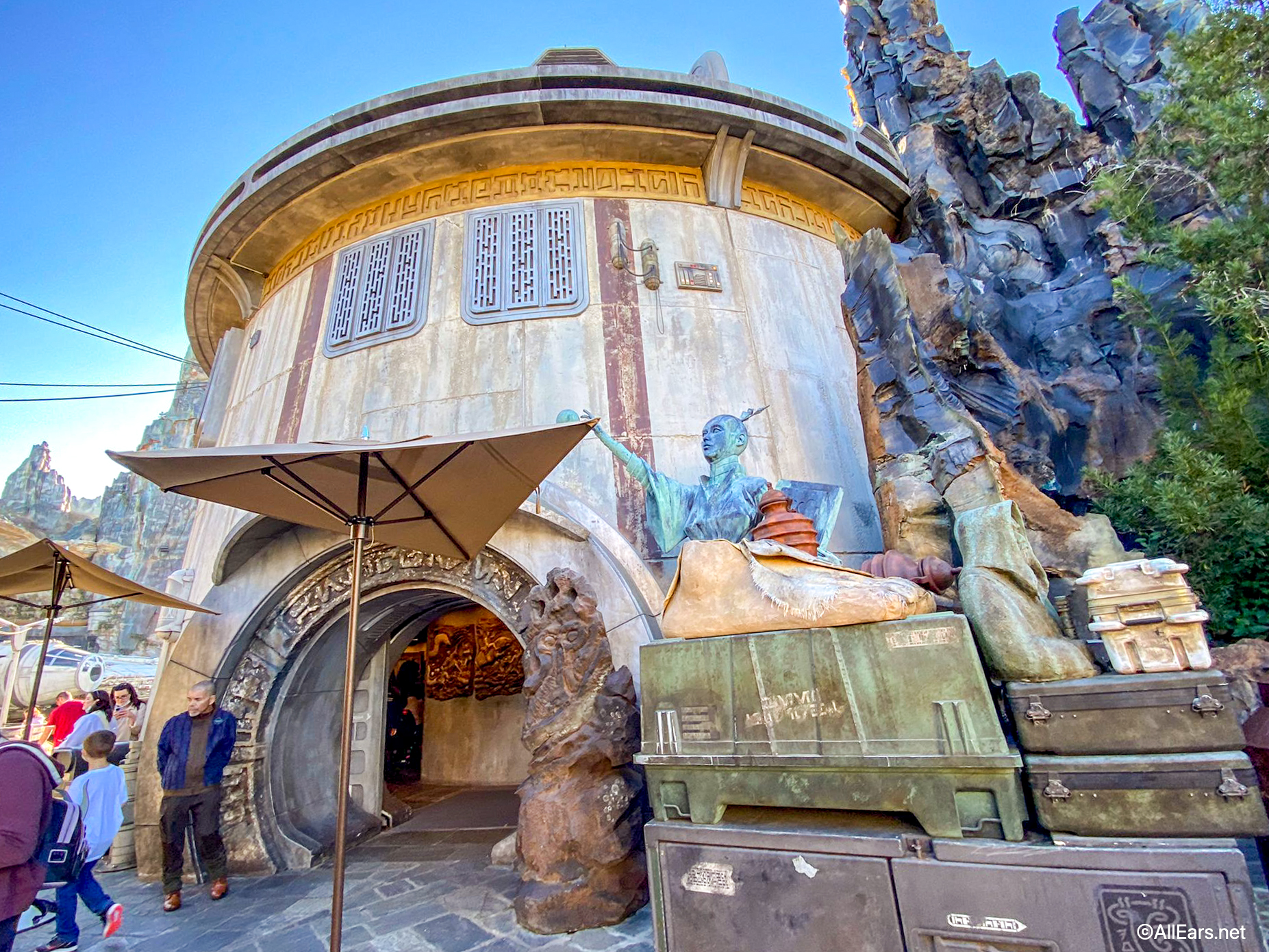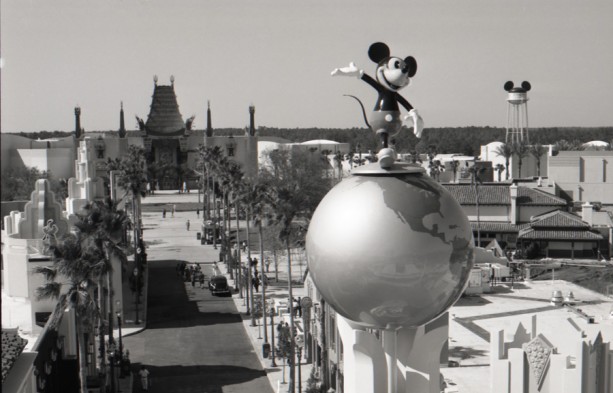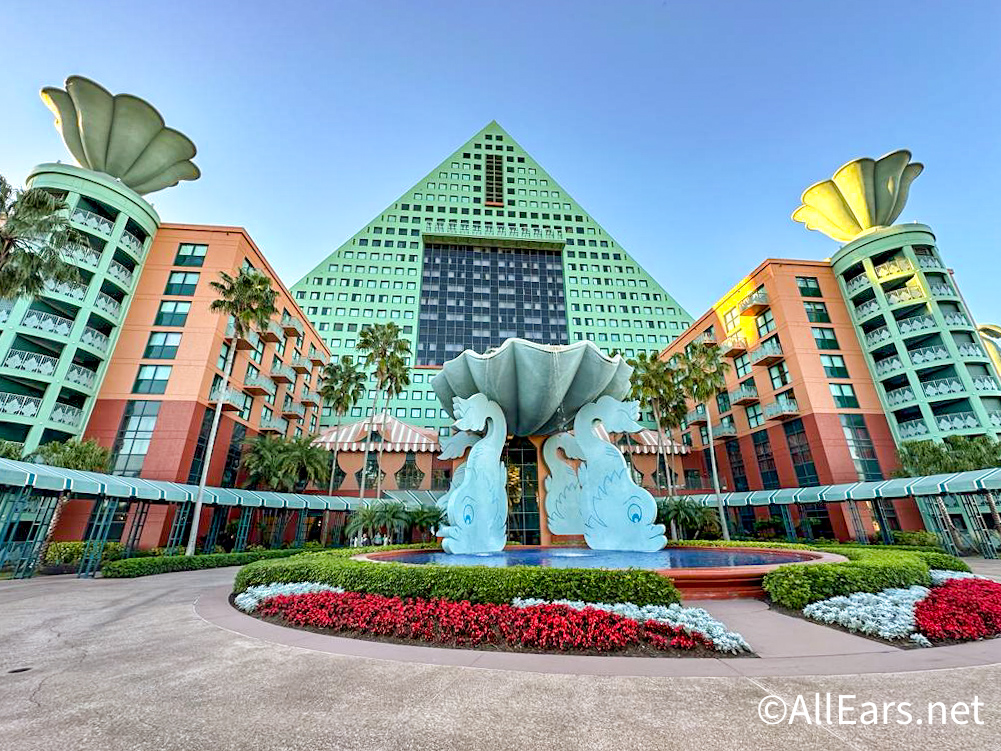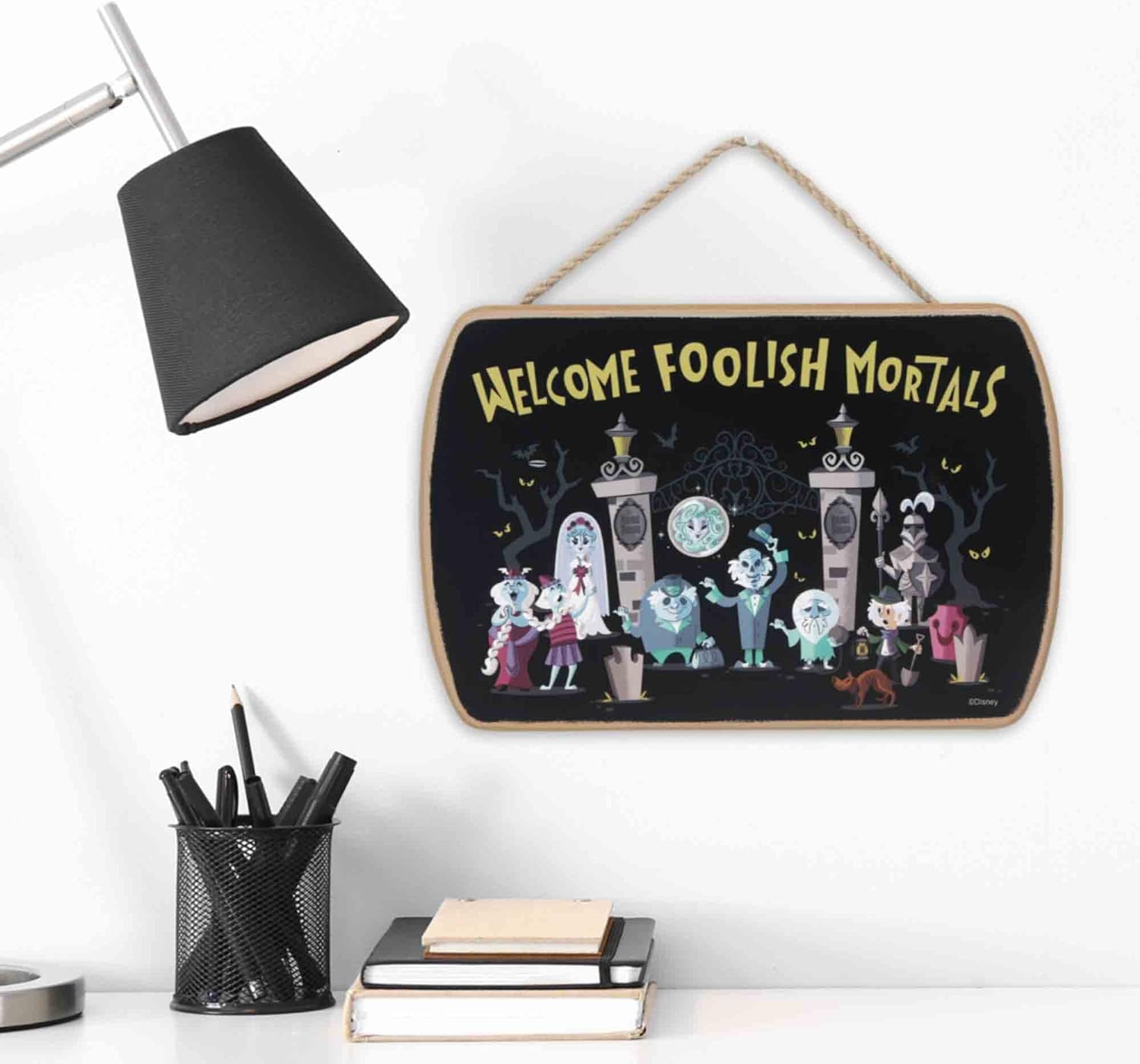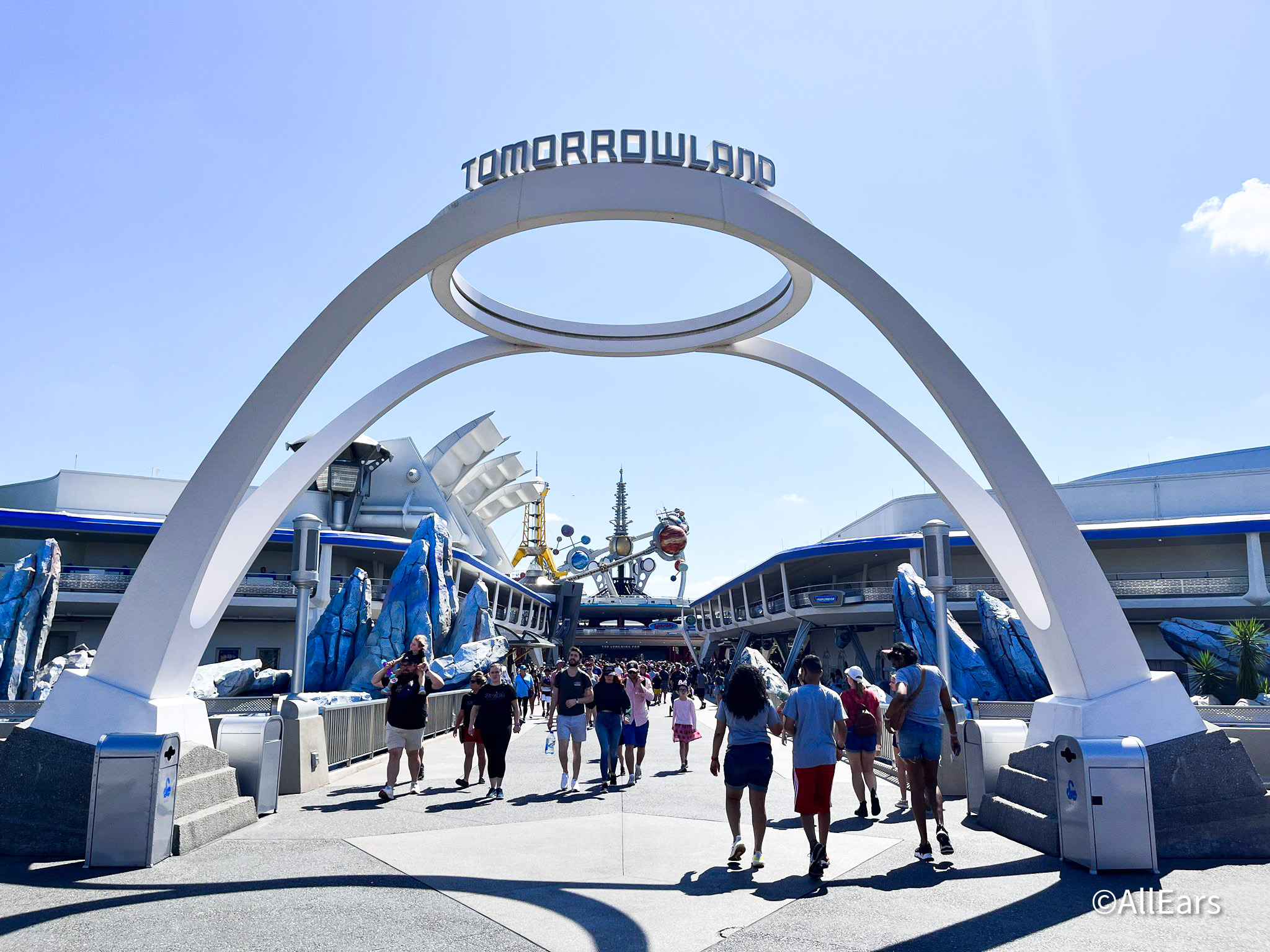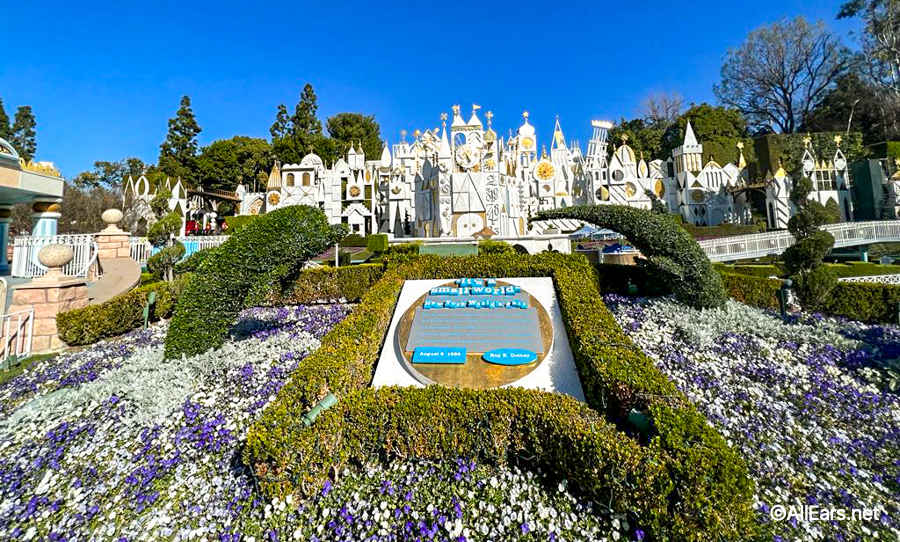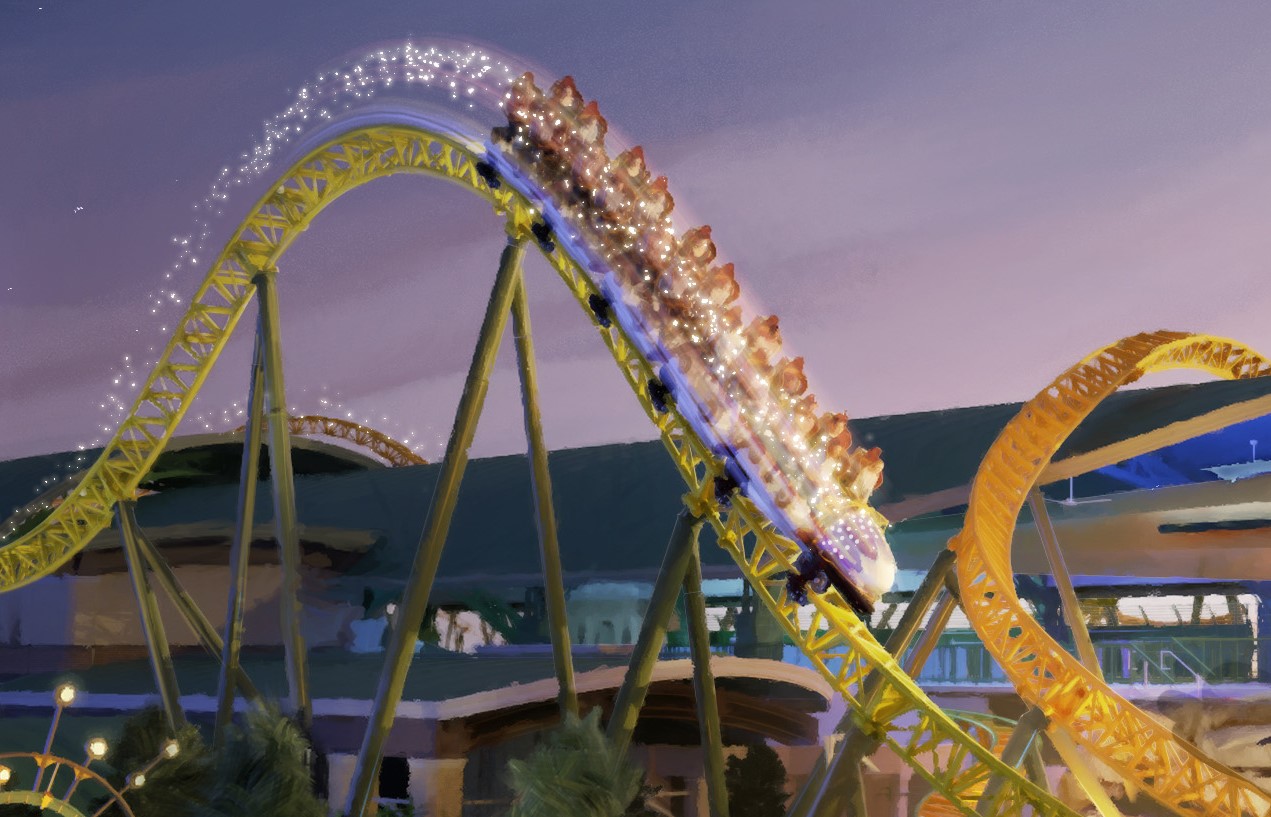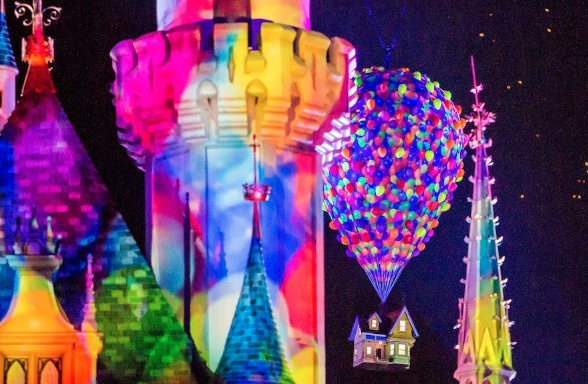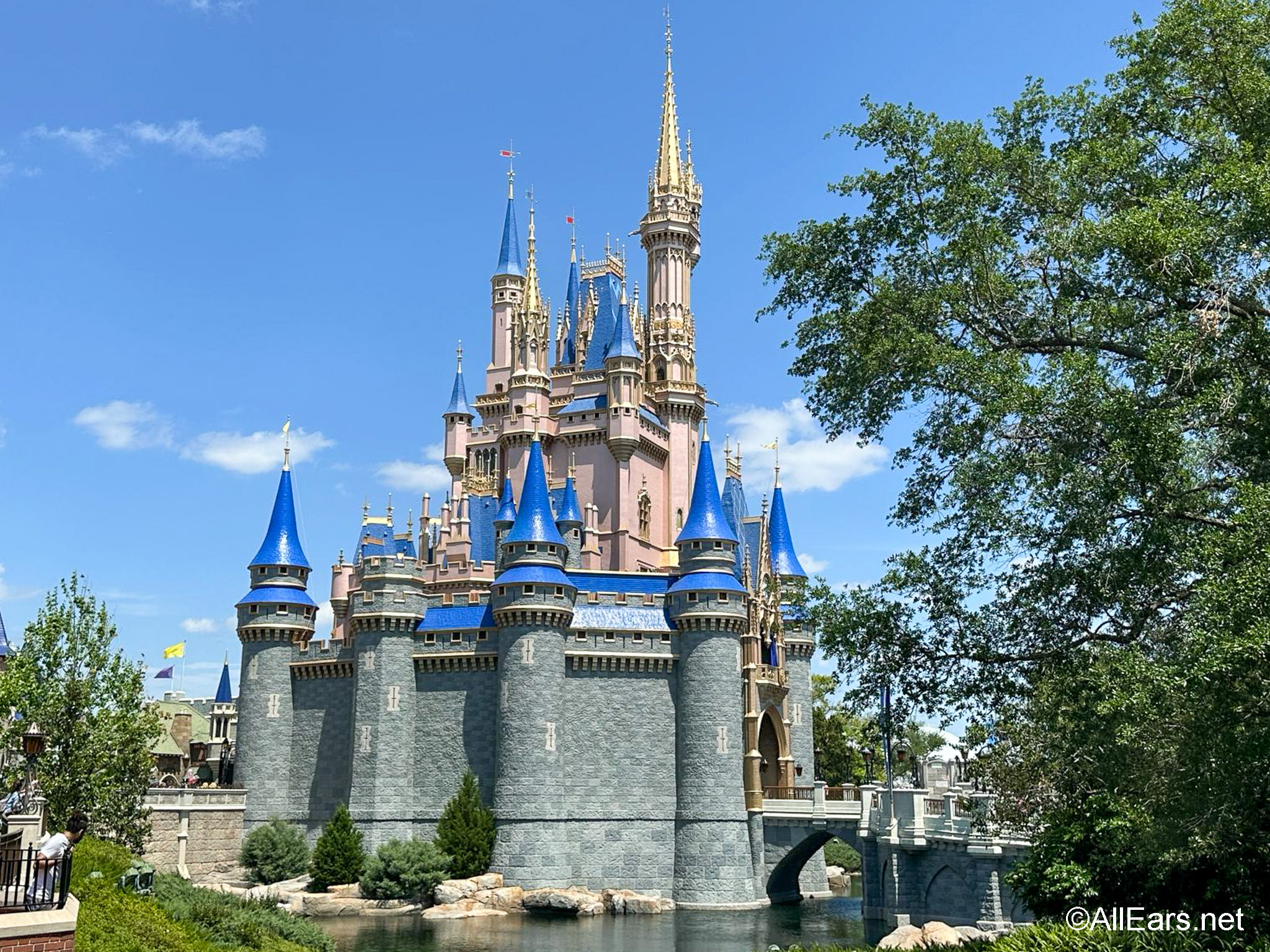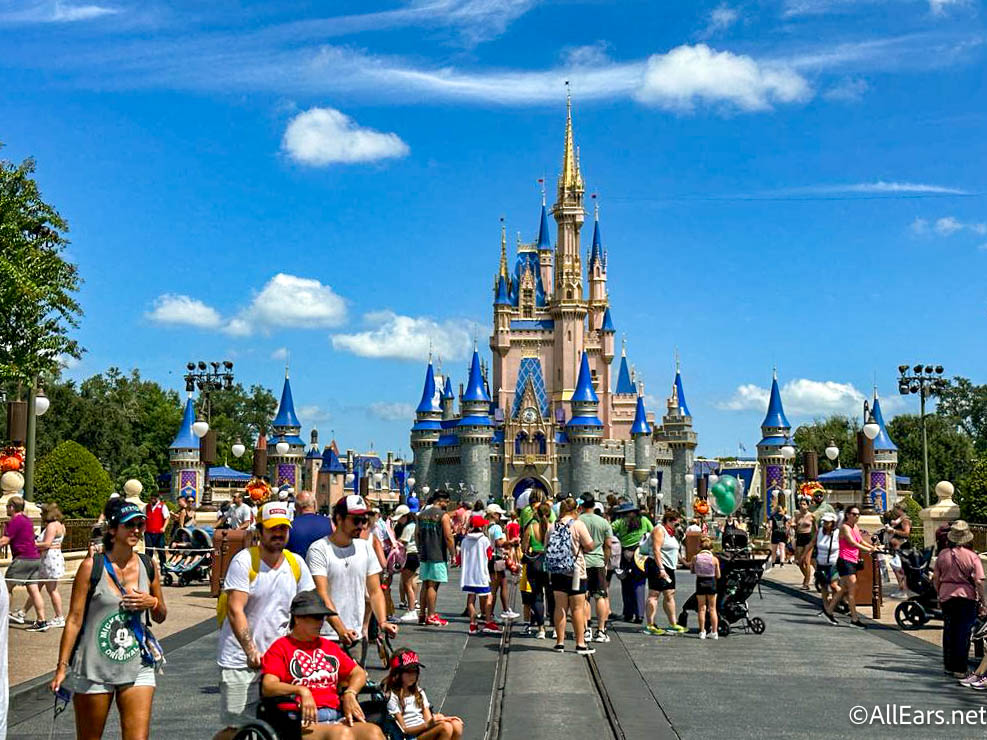Science in the Parks: Mixing Science and Magic at Walt Disney World
by Michelle Scribner-MacLean, ALL EARS® Guest Columnist
Feature Article
This article appeared in the
March 13, 2007 Issue #390 of ALL EARS® (ISSN: 1533-0753)
I have a confession to make. Yes, yes, I'm a Walt Disney World fanatic and you probably are, too. My confession is that I have other interests, too, and my biggest fascination is with science and technology. I am a science educator and my job is to train new science teachers. So how does that fit with my interest in Walt Disney World? How can someone interested in science and technology match that interest with theme parks? There are dozens of ways. I've come to realize that visiting the parks affords my family a chance to experience fun rides and excellent foods… but there is a lot of great science going on in Walt Disney World for both adults and kids.
————————-
ANIMAL KINGDOM
————————-
This one is pretty easy — the animal and science connection is very strong. When I first came to Animal Kingdom, I came with a lot of baggage. I've had the privilege of being a co-leader on four African safaris and, in my mind, there was no way that Kilimanjaro Safaris would be any good at all. In fact, for the first few times I refused to even go on the ride! Finally, realizing how well Disney does what it does, I decided to give in and ride. As you might imagine, I came to find out that I was very wrong. Kilimanjaro Safaris is an accurate representation of what it is like to go out on game drives on the Serengeti — the roads, the vehicles, the trees and bushes, rock outcrops (called kopjes), and the animals make me feel like I am on safari again. The Imagineers got it right. It's one of my favorites now!
Having visited many zoos and worked with animals at a local museum, it is evident that Disney worked hard to create much more than a typical zoo — they recreated ecosystems for you to "step into." Take a trip to Rafiki's Planet Watch and you and your kids can talk to animal trainers and get a peek at where animals are housed, but also take the time to talk to the Disney Cast all along the path to Conservation Station. They know their stuff and will answer a variety of questions about the animals. One Cast Member even helped me find a bird I had seen in Africa, another provided lots of information about fruit bats, and still another showed us a model of a skull of a Komodo dragon (very high in the coolness rating for my two kids).
It's Tough to Be a Bug is another really fun place to learn about insects and other creepy-crawlies. This 3D adventure into the world of bugs is actually a very accurate description of beetles, ants, stink bugs, grasshoppers, and butterflies. And while real bugs don't actually talk and spray insecticide at their human guests, putting on those "bug eyes" actually gives you a pretty interesting adventure into the world of insects.
Finally, there is The Boneyard in DinoLand, USA. I suspect that many people have walked right by this attraction thinking, "A playground? No, we won't waste our time… we have playgrounds at home." However, this playground is actually a fantastic place for kids to practice science skills. First, there is the fantasy element: with the realistic setting of an archeological dig, kids get a chance to pretend that they are real scientists. Encourage your kids to take a look at the interesting diagrams throughout the site — these peeks into a "scientist's notebook" are very realistic — but written in "kid speak." Next, there is the dig site where children get to unearth the remains of a dinosaur. Using the simple tools that archeologists use, you can brush away parts of "earth" to reveal fossils, pieces to a big puzzle where kids get to figure out what type of dinosaur they've found. These science skills of observing, making inferences, predicting, and collecting data are the same things real scientists do. In addition, children have to persist in finding the answer — it's not all revealed at once — so they have to show some perseverance and teamwork to get the answer.
————————-
EPCOT
————————-
If you like science, then Epcot is the place for you: Every pavilion in Future World also has a science connection. For example:
— In the Universe of Energy there is actually a chance for you to learn about the importance of the sun and alternative energy sources, while being entertained by Ellen Degeneres and lots of very huge dinosaurs.
— In Test Track you get a chance to see how scientists and engineers control variables and test to solve problems.
— In The Land you can get a look at how scientists are using various types of growing techniques to yield more crops on the Living with the Land boat ride.
The Seas with Nemo and Friends offers a chance to learn about manatees and sharks and, well, so many types of sea life that I can't even name them all. My favorite attraction has to be Turtle Talk with Crush, where kids get the chance to ask Crush questions about turtles. With the answers come a lot of humor and entertainment, and a lot of science, too. (A suggestion before you visit is to have a little chat with your kids about what they would like to know about turtles — have your questions ready before entering the theater so they can ask when the time comes.)
My favorite time to visit Epcot is in May during the Flower and Garden Festival. It is a gardener's paradise, but also a scientist's playground. In addition to getting a chance to see a wide variety of plants (I seriously did not know that so many different types of roses existed!), there are workshops on gardening, as well as a variety of activities for the entire family. Last year, when my family was there, my kids got a chance to participate in a ladybug release and to learn about how these beetles can be very helpful to the garden. (Disney uses an Integrated Pest Management [IPM] system, in which they introduce natural predators into the environment to help control the critters that might be destructive to other plant and animal life.)
————————-
MAGIC KINGDOM
————————-
Is there more science to be had in a place that focuses on fantasy and imagination? Sure! Right from the second we hit the Ticket and Transportation Center, my family starts talking about science and technology when we see the monorail. I've seen it countless times and still think that it is just the coolest thing! Sightings of the monorail prompt discussions of how it works and why it is so quiet (and other engineering-type questions) and why it would or would not be a good idea to have those in our hometown.
The engineering of the park itself is also an amazing feat of science and technology — from the construction of Seven Seas Lagoon to the utilidors (utility corridors) underneath the park, the Magic Kingdom is such a fascinating topic. Many times we've stopped on Main Street and remarked, "Isn't it so cool that there are tunnels right under us!?" (This interesting technological marvel has led us to look for books and web pages about the construction of the utilidor. There are many available online with a simple web search.)
With its amazing theming, Tomorrowland is a great place to think about what life will be like in the future and how the vision that Imagineers had in the 1970s has changed now more than 30 years later! My favorite science and technology connection in Tomorrowland is an "oldie but a goodie" — the Carousel of Progress. It is like getting into a time capsule where you can examine how people's needs have changed and how technology has changed to meet these needs during the last 100 years. Here's a suggestion: before the show starts have your kids focus on one type of technology — the stove, for instance. Then, in each scene, look at that same tool each time to see how it's changed with the times and with different resources. This can prompt a really fun discussion about the role of technology in our lives. (Other things you could focus on are the communication tools used or the things people used to light their homes.)
Ready to move away from technology and into the world of nature? Tom Sawyer Island is an often-ignored but interesting part of Frontierland, and is a fun way to take a mini-break from the hustle and bustle of the park. It's populated with a variety of native-Floridian plants and I've seen interesting insects and lizards here and there. (For those who aren't fans of insects and lizards, don't worry — I'm not suggesting that the island is overrun with creepy crawlies, but perhaps as many as would be in your own backyard.) The trails on this island do offer a fun science connection in addition to giving you the chance to imagine that you're Tom Sawyer or Becky Thatcher.
————————-
DISNEY-MGM STUDIOS
————————-
Most people thinking of Disney-MGM Studios think great shows, great food, and some really fun attractions. I think of all of those things, too, but I also think of physics! The Studios is my "Why don't I fall out of the seat?!" park. When I climb into my seat in Tower of Terror, as I'm dropping down I'm thinking, "YIKES!" but I'm also amazed and thinking, "Why is my hair going up while I'm going down?" and "What would happen if I didn't have this seatbelt to pull me down as the elevator goes down?" It's great! Afterwards, I stumble over to Rock 'n' Roller Coaster, and as I pull down the shoulder restraints, I marvel at the physics. How do you stay in the car as you're riding!? (If you're like me and want to know more about the science behind this, check out this interesting website, which explains Roller Coaster Physics: http://library.thinkquest.org/C0113822/rc.html.) It turns out that G-Force isn't just a neat name for a record label — it also has something to do with the reason you can walk out of the ride in one piece!
Perhaps you won't jump on a plane and say, "I'm going to Disney for my science and technology fix!" But there is plenty there if you know where to look… and it's one of the things that keeps me coming back to Disney.
-=-=-=-=-=-=-=-=-=-=-=-=-
ABOUT THE AUTHOR: Michelle Scribner-MacLean is a college professor by day and a Disney fanatic in every other bit of free time. She first visited WDW when she was a teenager and now is a DVC owner who visits Walt Disney World 2-3 times per year. Michelle lives in New Hampshire with her husband and two boys and loves roller coasters, the fantastic food at Disney, and always cries when she sees IllumiNations. She is also a Disney podcast addict and adores WDW Today.
-o-o-o-o-o-o-o-o-o-o-o-
Editor's Note: This story/information was accurate when it was published. Please be sure to confirm all current rates, information and other details before planning your trip.

